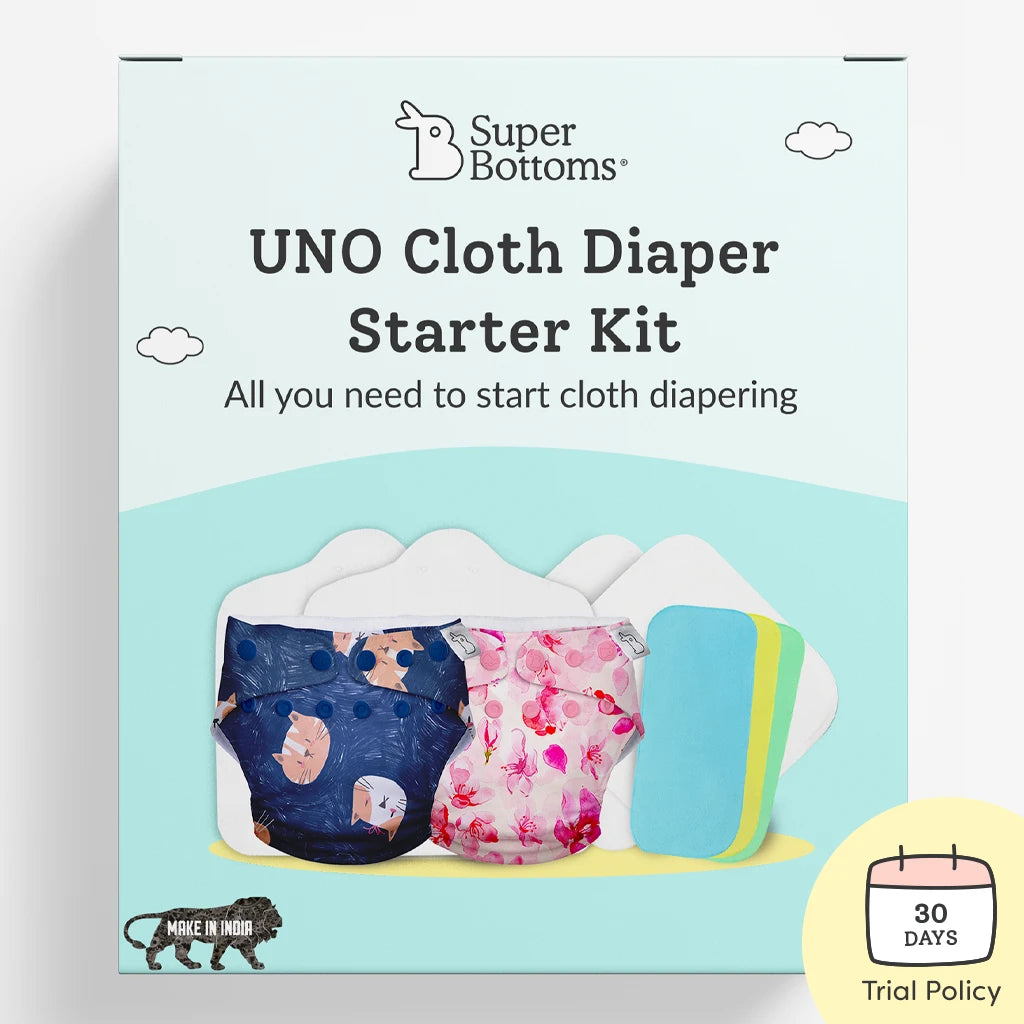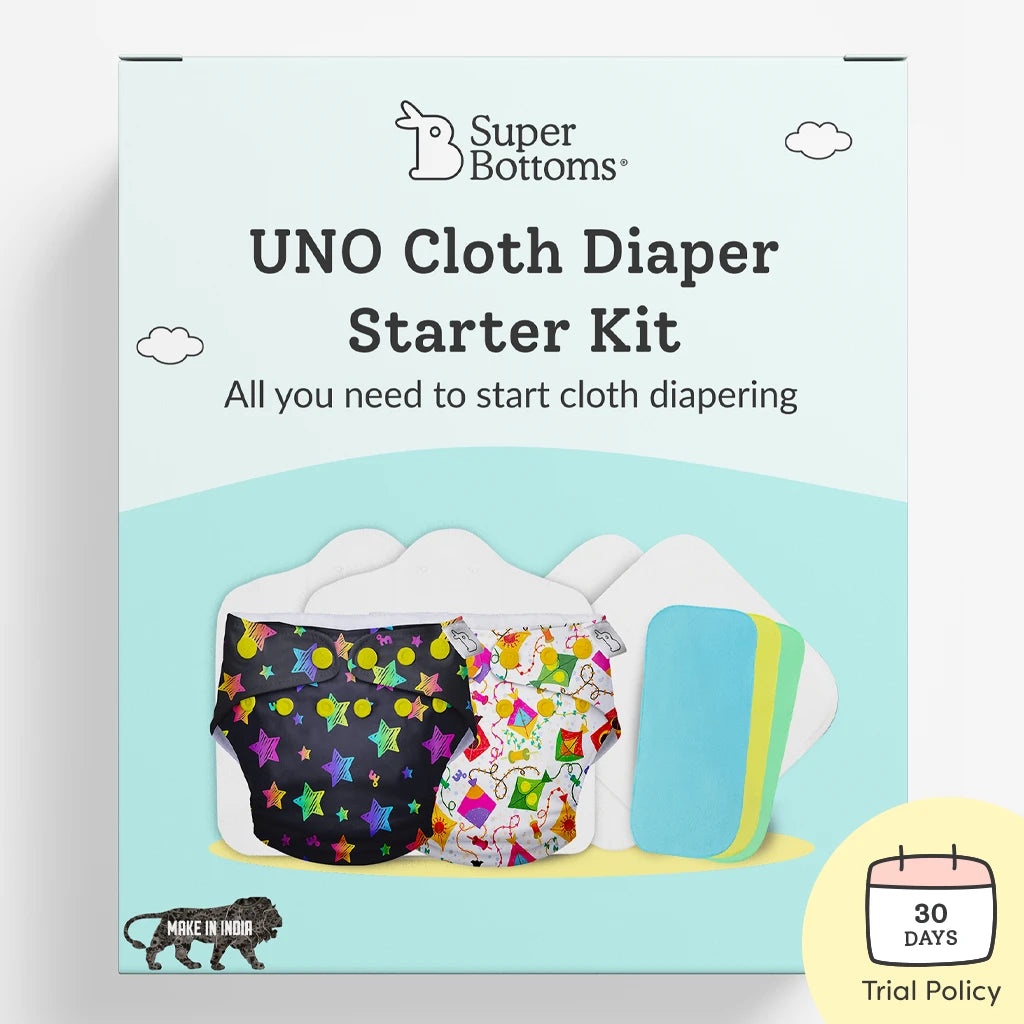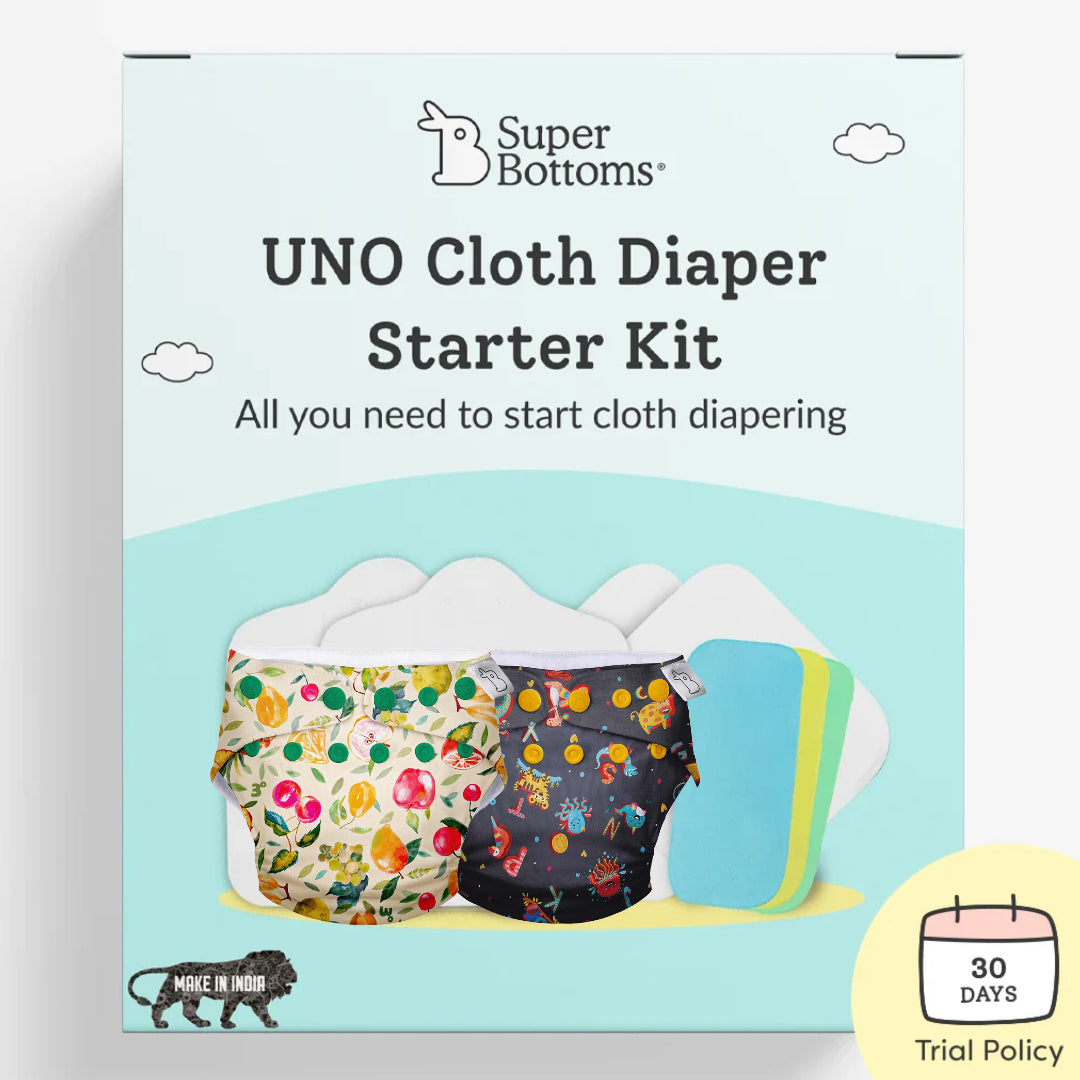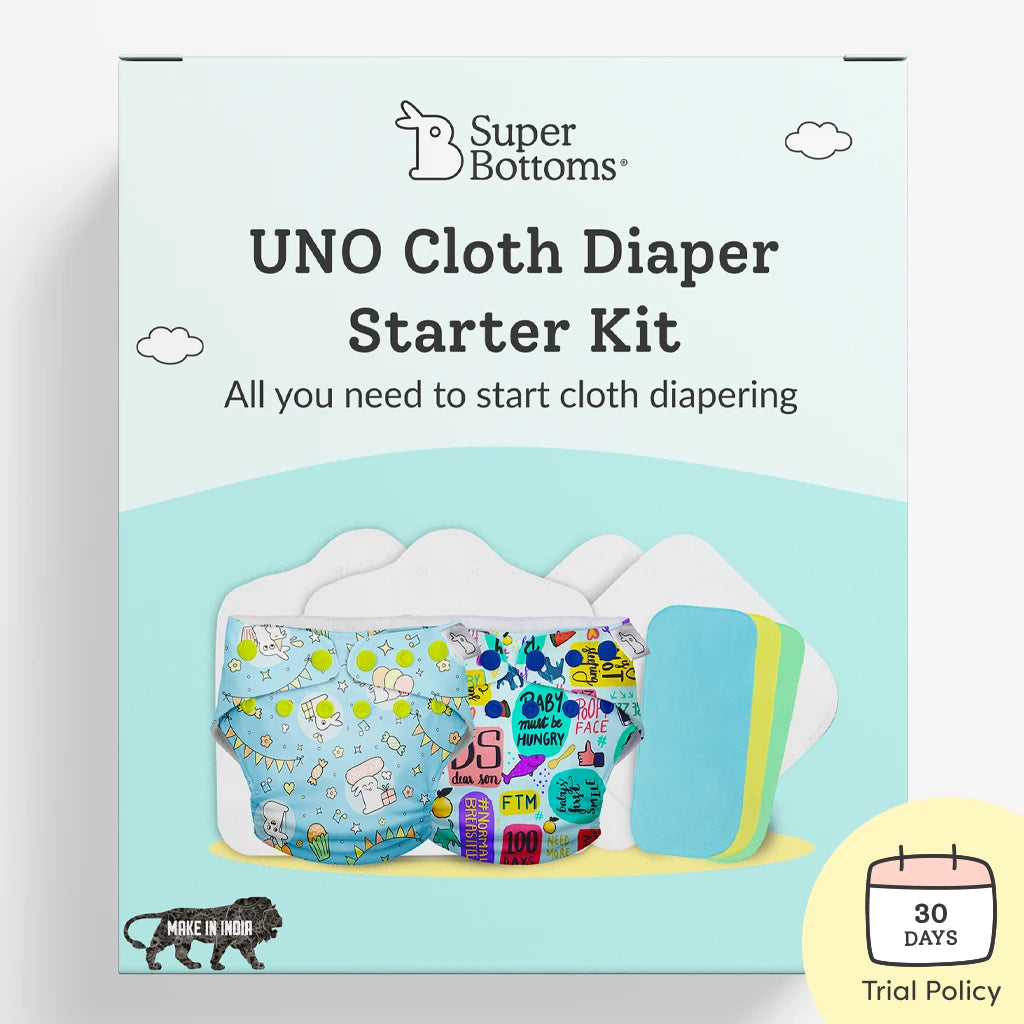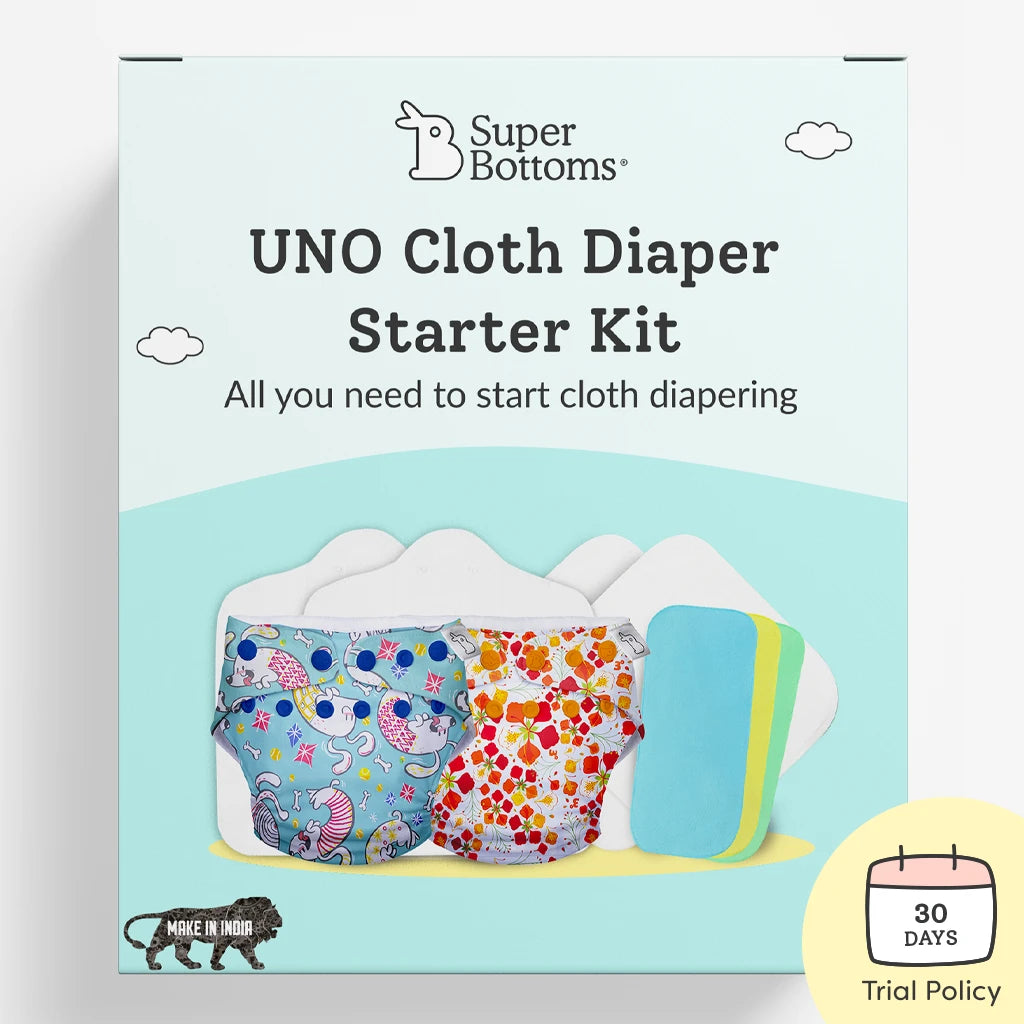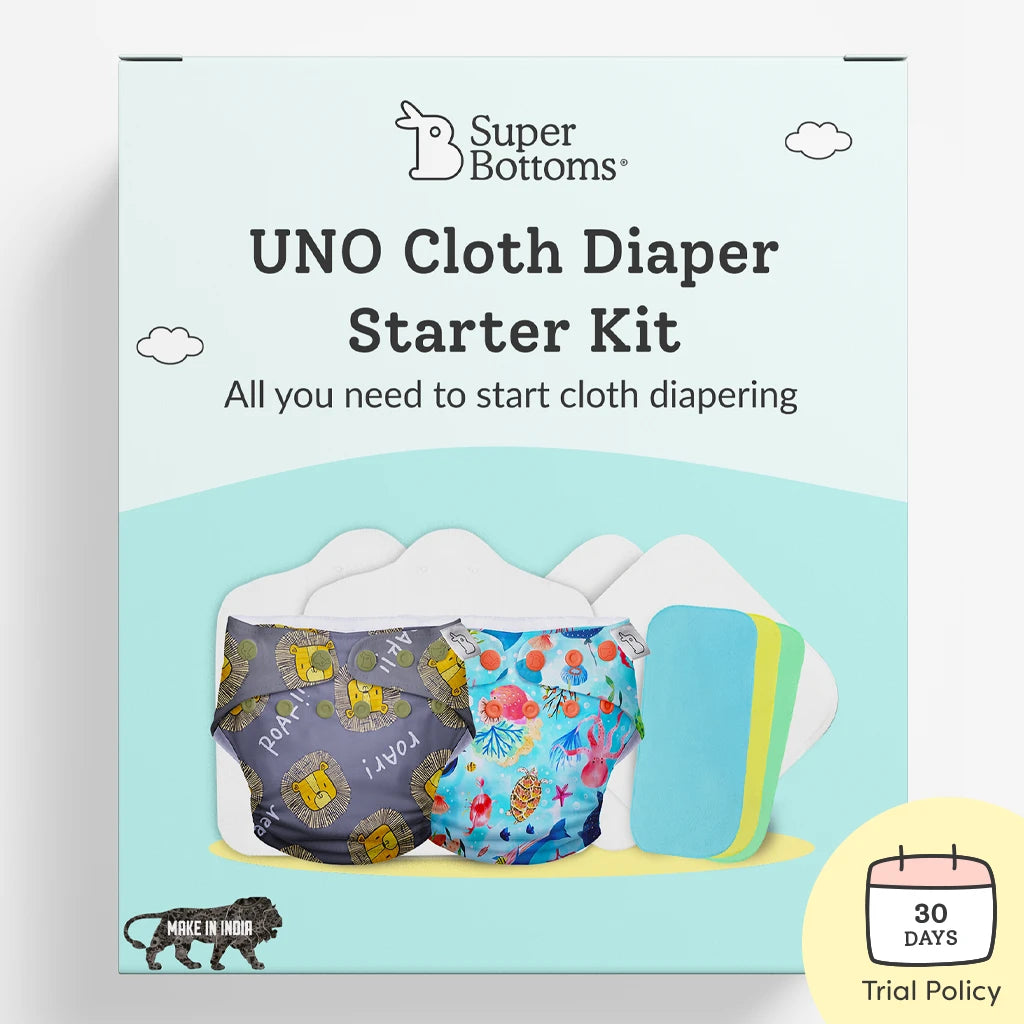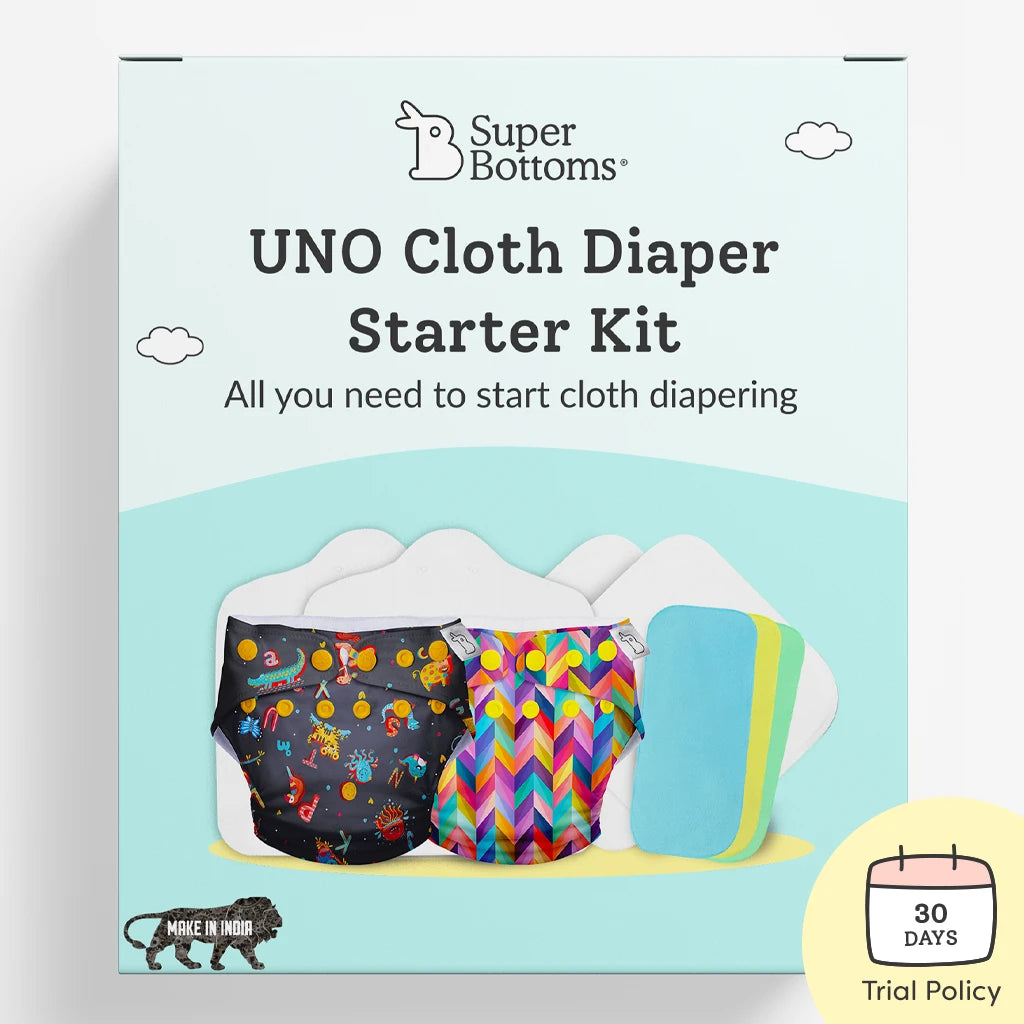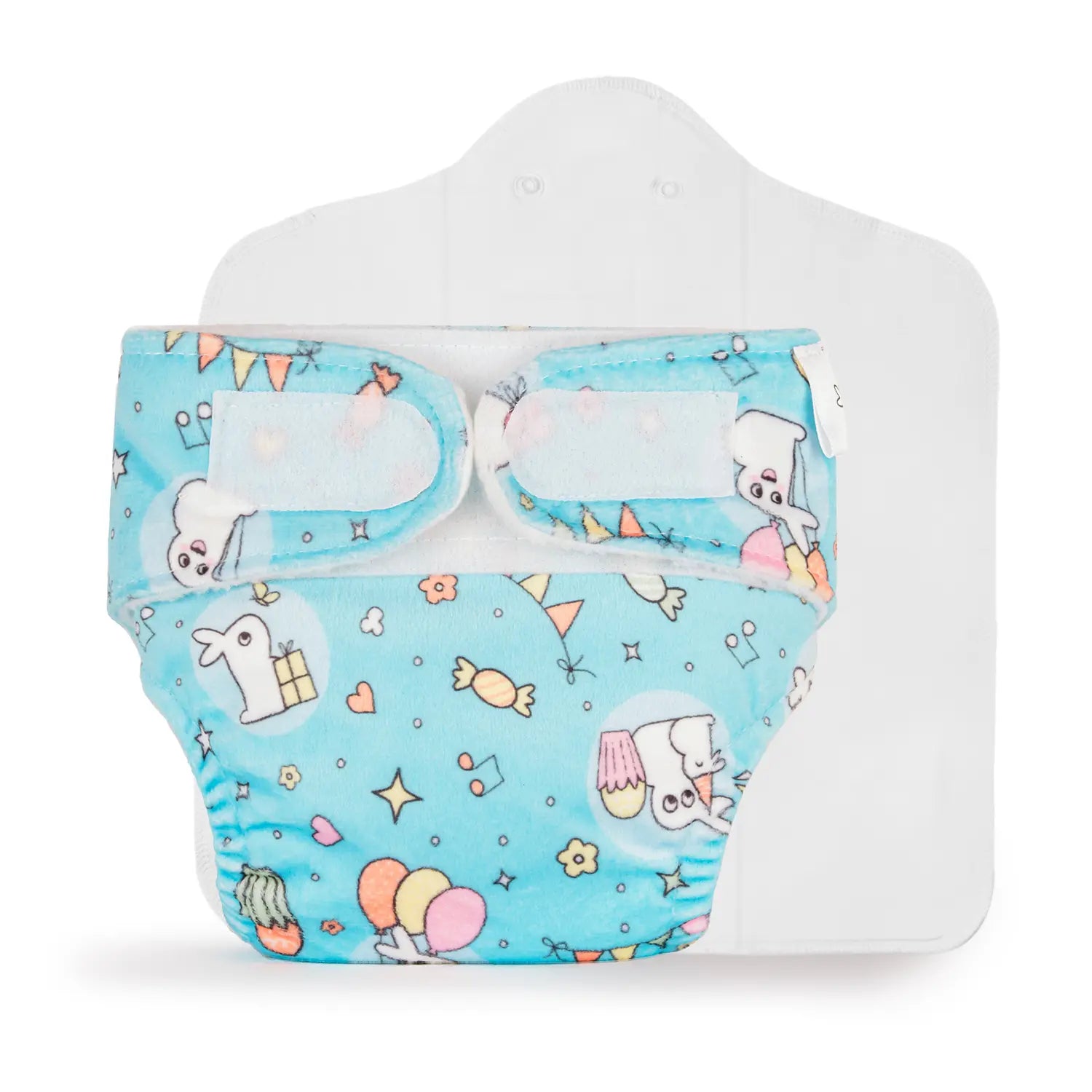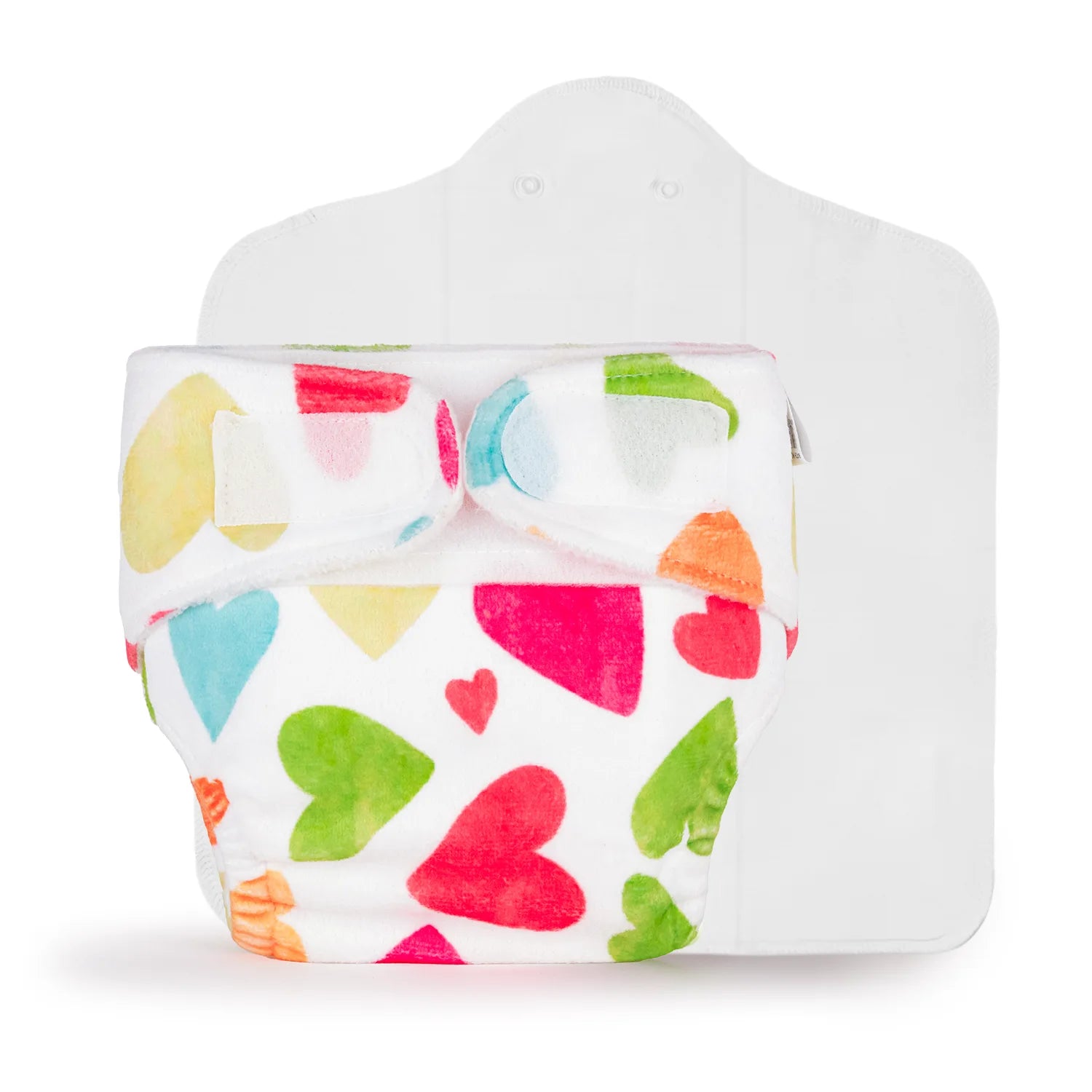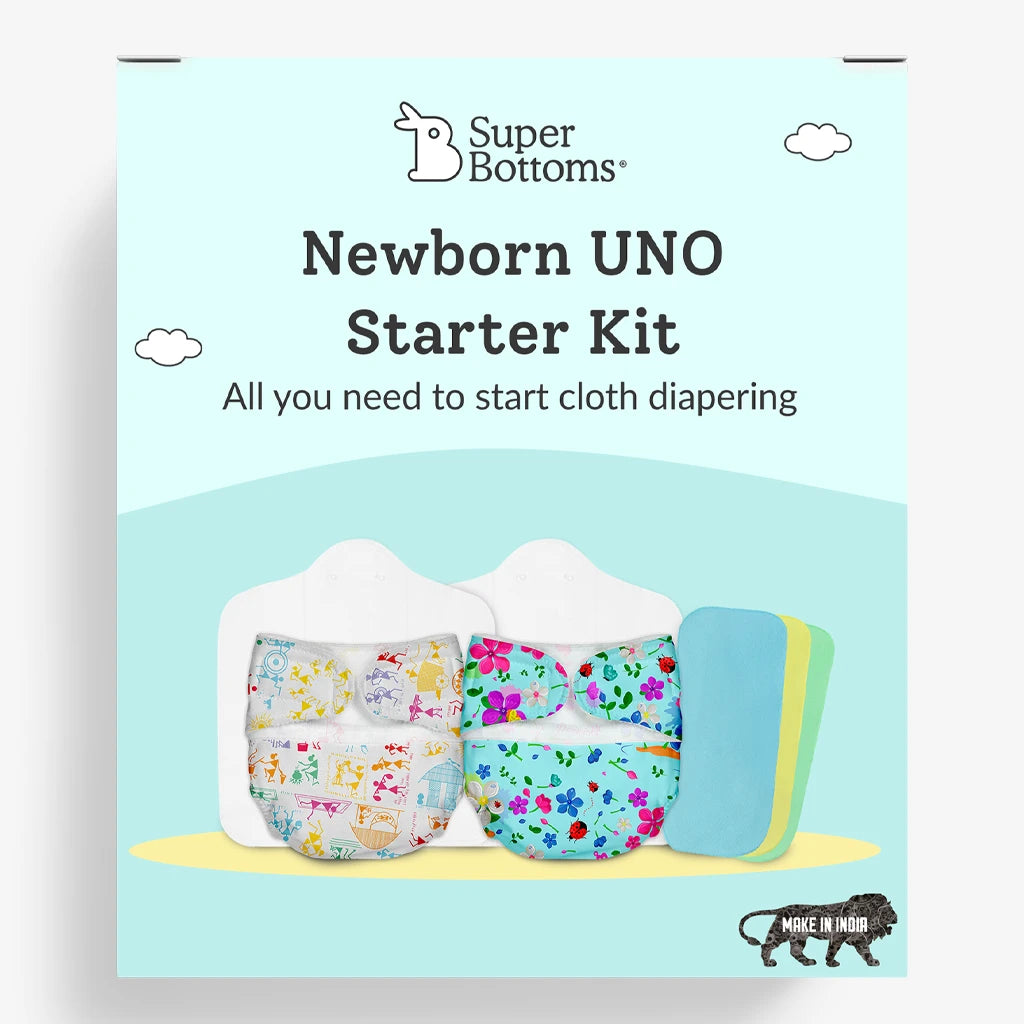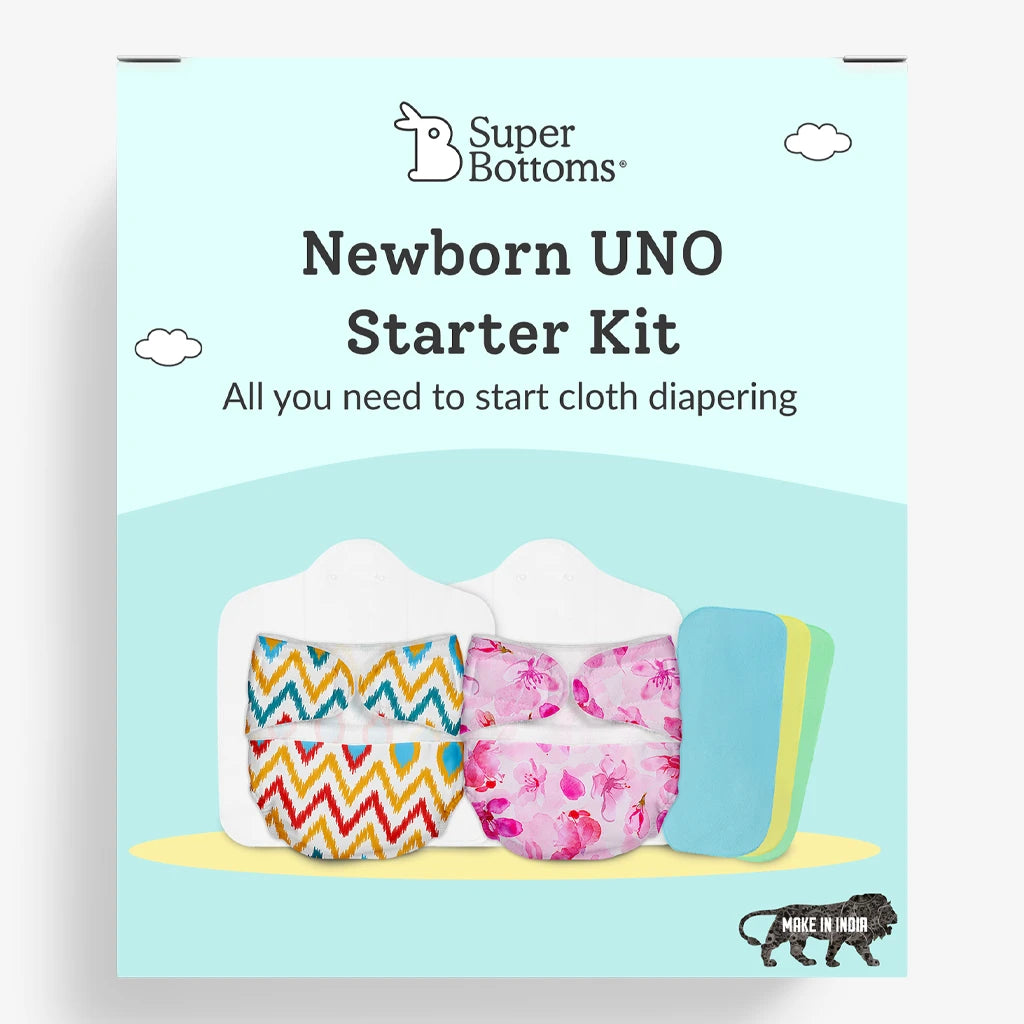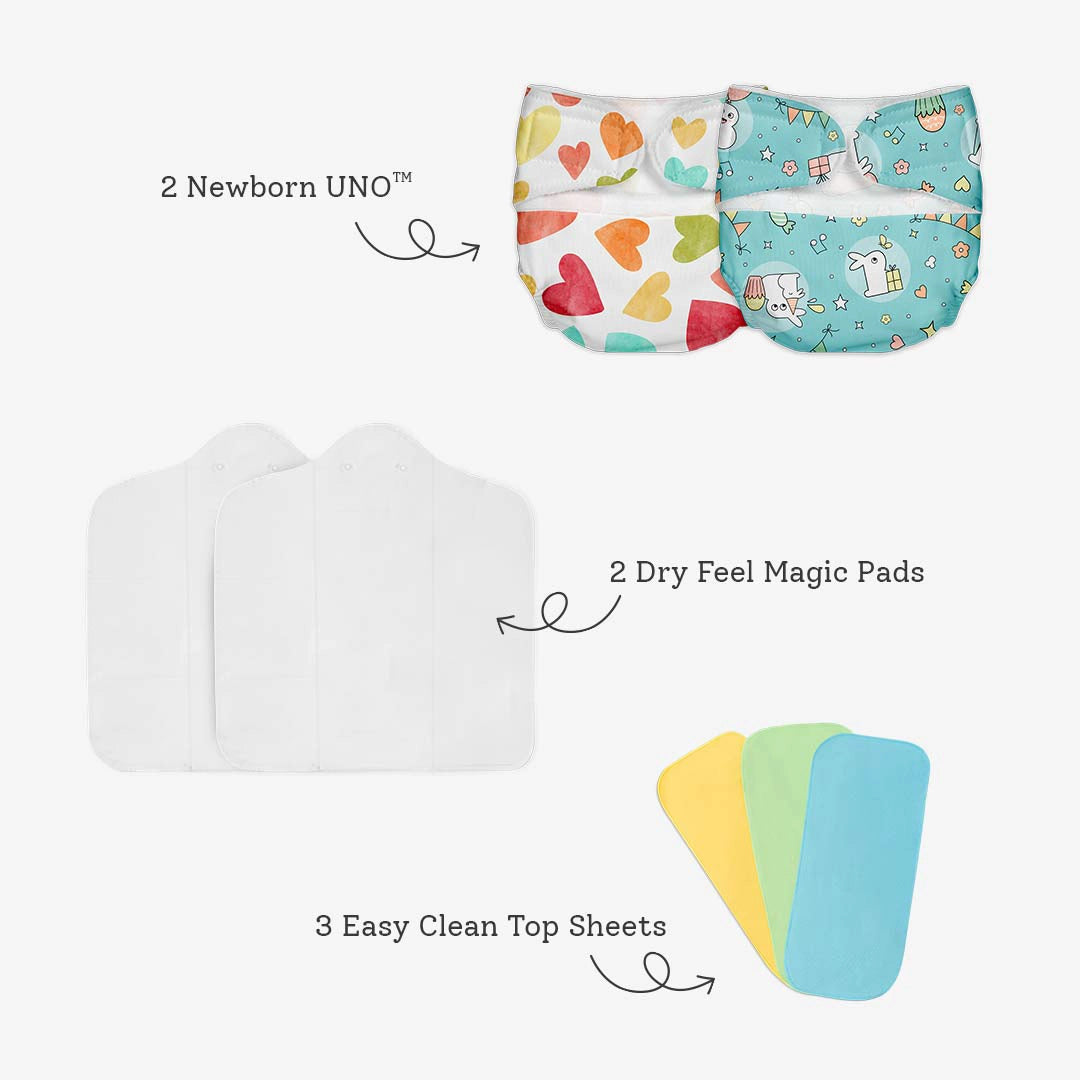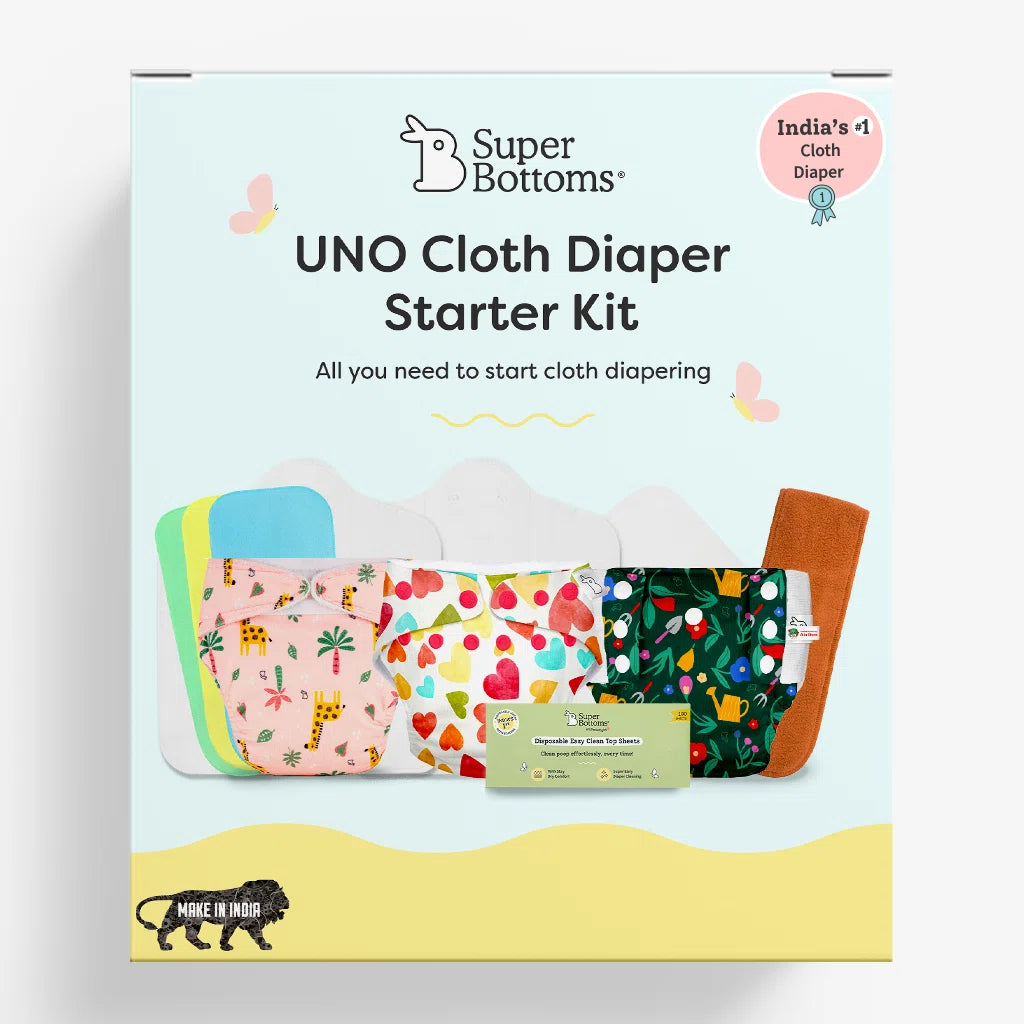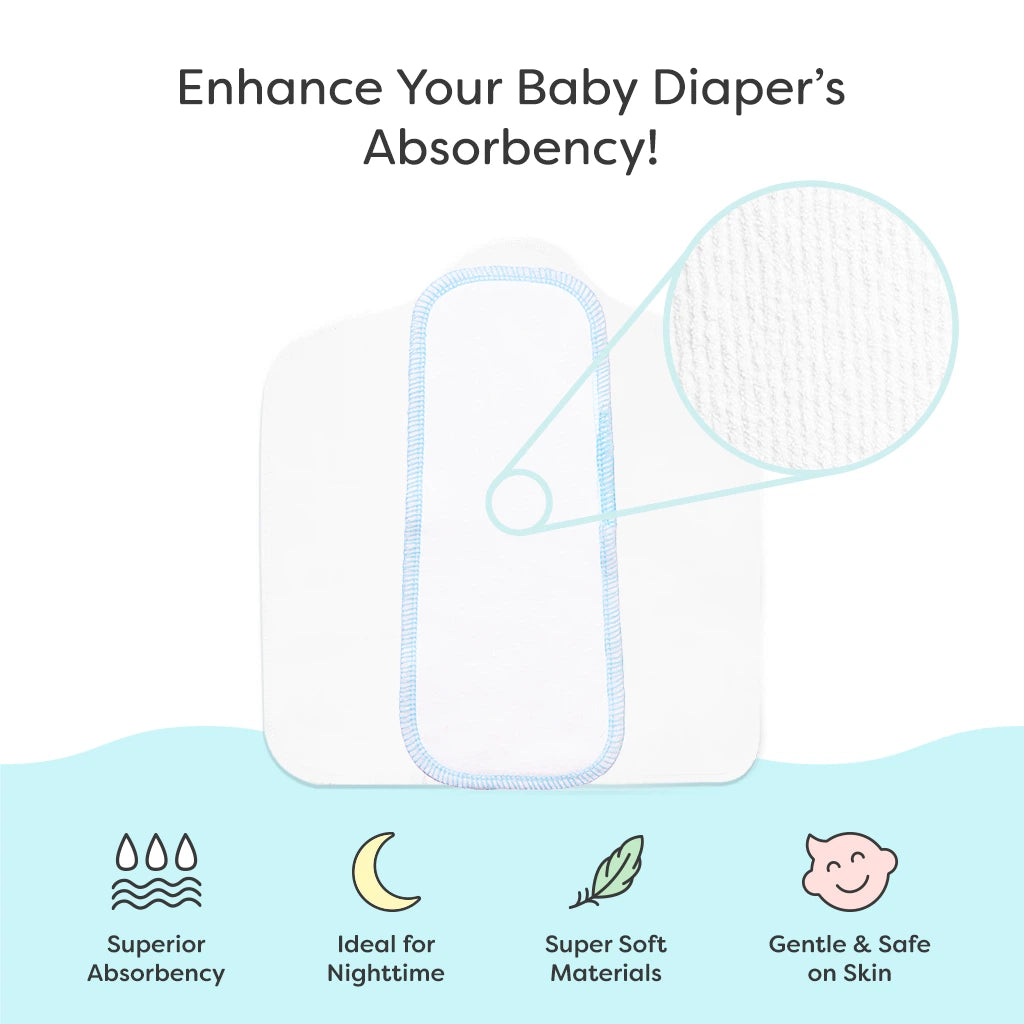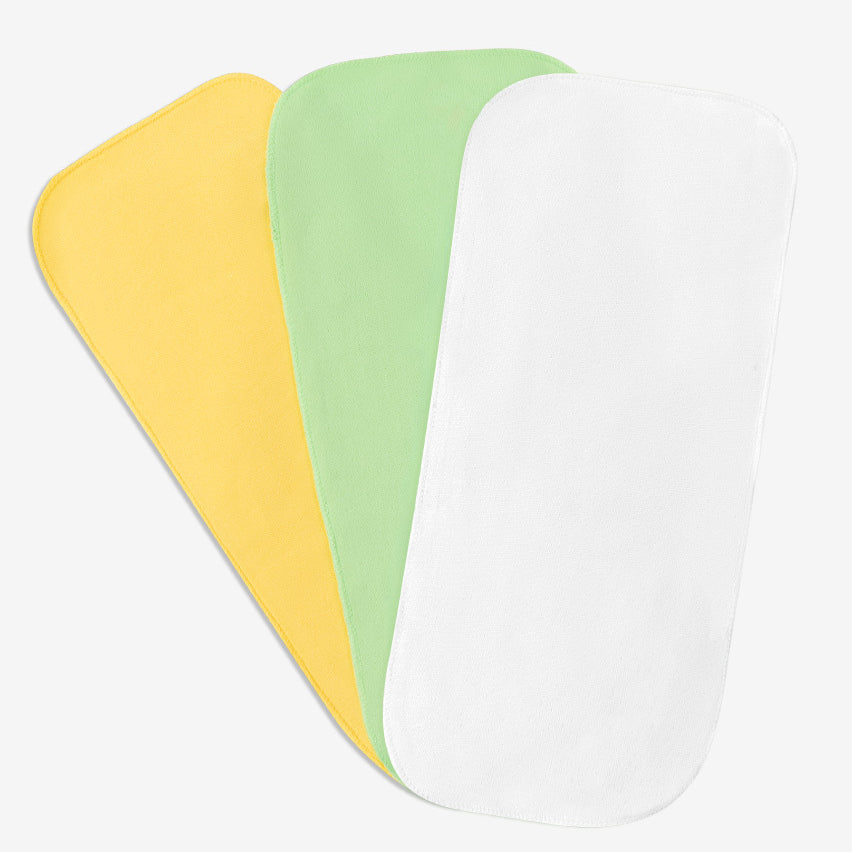- Introduction
- Establishing a Bedtime Routine
- Addressing Common Sleep Issues
- Sleep Environment Tips
- Nighttime Diapering: Keeping Your Baby Dry and Comfortable
- Feeding and Sleep
- Key Takeaways
- Frequently Asked Questions (FAQs)
- Message from SuperBottoms
A consistent bedtime routine is essential for establishing healthy sleep habits in babies. It helps create a predictable and calming environment, signalling your baby that it's time to wind down and prepare for sleep. A well-established bedtime routine can contribute to better sleep quality, reducing night awakenings and promoting overall well-being.
This article by SuperBottoms will help you with some practical tips and strategies for creating a peaceful bedtime routine that suits your baby's needs. Following these guidelines can help your baby develop healthy sleep habits and enjoy more restful nights.
Establishing a Bedtime Routine
A calming environment, consistent schedule, and relaxing bedtime activities are key components of a successful bedtime routine. Creating a peaceful atmosphere and following a consistent schedule can help your baby develop healthy sleep habits and reduce nighttime awakenings.
Here are some tips for establishing a bedtime routine to help you understand how to make baby sleep:
1. Create a calming environment: Dim the lights, play soothing music, and create a comfortable sleeping space to signal your baby that it's time to wind down.
2. Set a regular schedule: Aim for a consistent bedtime and wake-up time to regulate your baby's internal clock. Ensure your baby gets enough sleep according to their age.
3. Relaxing bedtime activities: Incorporate calming activities into your bedtime routine, such as reading bedtime stories for babies, singing lullabies or baby bedtime songs, or giving your baby a warm bath or massage. These activities can help your baby relax and prepare for sleep.
With these tips on making your baby sleep, you can create a peaceful and predictable bedtime routine that promotes better sleep for your baby.
NOTE—Reading bedtime stories for babies eventually helps with their linguistic and communication skills. The choice of bedtime stories for babies also helps parents inculcate values and good habits in children.
Addressing Common Sleep Issues
A consistent bedtime routine can help establish healthy sleep habits and reduce nighttime awakenings. However, even with the best-laid plans, it's common for babies to experience sleep disruptions during certain periods. Understanding the causes and implementing effective strategies can help you navigate these challenges and promote peaceful sleep.
1. Nighttime awakenings:
- Common causes: Nighttime awakenings can be caused by various factors, including hunger, discomfort, teething, or developmental milestones.
- Solutions: Address hunger needs, provide comfort, use swaddling or white noise, and consult a paediatrician if necessary.
2. Sleep regressions:
- Understanding sleep regressions: These are temporary periods of disrupted sleep that often occur around developmental milestones.
- Managing sleep regressions: Maintain a consistent routine, be patient, and offer additional comfort.
3. Pacifier dependence:
- Gradual weaning: Gradually reduce the use of the pacifier over time.
- Alternatives: Consider using a stuffed animal, finger, or teething ring instead.
Understanding and addressing these common sleep issues can create a more peaceful and restful sleep environment for your baby.
Sleep Environment Tips
A conducive sleep environment is essential for promoting restful sleep in babies. By creating a dark, quiet, and comfortable space, you can help your baby sleep soundly.
Here are some tips for creating a suitable sleep environment:
1. Dark and quiet room:
- Use blackout curtains or shades to block out light.
- Consider using a white noise machine to mask background noises.
2. Temperature control:
- Dress your baby in appropriate clothing for the room temperature.
- Use a fan or humidifier to maintain a comfortable temperature.
3. Comfortable bedding:
- Choose a firm, flat mattress that is the right size for your baby's crib.
- Use breathable, hypoallergenic sheets and blankets.
- Avoid using pillows or loose blankets in the crib to reduce the risk of suffocation.
Nighttime Diapering: Keeping Your Baby Dry and Comfortable
Many parents find nighttime diapering challenging, especially as babies grow and their sleep patterns change. Choosing the right diapers and establishing a consistent bedtime routine can help ensure your baby stays dry and comfortable throughout the night.
SuperBottoms UNO Diapers
For newborns and infants, SuperBottoms UNO Diapers offer exceptional absorbency and comfort. These cloth diapers are designed to keep your baby dry and happy all night long. With their soft, breathable materials and adjustable fit, UNO Rash Free Diapers provide a gentle and effective solution for nighttime diapering.
SuperBottoms Padded Underwear
As your child transitions to potty training, SuperBottoms Padded Underwear can be a helpful tool. These comfortable and absorbent underwear protect against nighttime accidents as they can soak one pee, helping your child feel confident and dry.
Tips for Nighttime Diapering
- Choose the right diaper: Choose a diaper specifically designed for nighttime use and offering maximum absorbency.
- Change diapers before bed: Ensure your baby is wearing a clean and dry diaper before bedtime.
- Limit liquids before bed: To minimise nighttime accidents, reduce your baby's fluid intake in the hours before bedtime.
- Establish a consistent bedtime routine: A predictable routine can help your baby sleep more soundly and reduce nighttime awakenings.
- Consider using a waterproof mattress pad: Protect your mattress from accidents with a waterproof pad.
|
Limited Time Offers + Special Gift Sets! Now or never Super SALE is live on the SuperBottoms website! Take advantage of unbeatable value deals on our UNO Cloth Diapers, Baby Essentials, and more. Looking for the perfect present for a newborn or a toddler? Explore our thoughtfully curated Gift Sets & Combos — safe, skin-friendly, and oh-so-cute! A bundle of love for little ones and a delight for parents. HURRY — Deals and Gift Packs are live only till stocks last. Don’t miss the chance to stock up and share the joy! |
Feeding and Sleep
Feeding and sleep are two essential aspects of a baby's development. Understanding your baby's feeding needs and establishing a consistent sleep routine can contribute to their overall well-being and growth.
1. Breastfeeding or Bottle-Feeding:
- Feeding schedules and cues: Pay attention to your baby's hunger cues, such as rooting, sucking, or making noises. Breastfeed on demand or follow a feeding schedule that works for you and your baby.
- Burping techniques: Burp your baby after each feeding to help them expel any swallowed air. You can try various burping techniques, such as holding your baby upright and gently patting their back.
2. Nighttime Feedings:
- Gradual reduction: As your baby grows, you can gradually reduce the number of nighttime feedings. Consider offering additional comfort measures like rocking or patting to help your baby fall back asleep.
- Transitioning to fewer feedings: If your baby is ready, you can gradually transition to fewer nighttime feedings. Offer a pacifier or water bottle instead of breast milk or formula.
Every baby is different, and their feeding and sleep needs may vary. It's important to listen to your baby's cues and adjust your approach accordingly. If you have any concerns about your baby's feeding or sleep habits, consult with your healthcare provider.
Key Takeaways
- A consistent bedtime routine is essential for establishing healthy baby sleep habits. Creating a predictable and calming environment can help your baby sleep more soundly and reduce nighttime awakenings.
- Addressing common sleep issues like nighttime awakenings, sleep regressions, and pacifier dependence is important for promoting peaceful sleep. Understanding the causes and implementing effective strategies can help you navigate these challenges.
- A suitable sleep environment is crucial for optimal sleep. Creating a dark, quiet, and comfortable space can help your baby sleep soundly and peacefully.
Frequently Asked Questions (FAQs)
Q1 - When should I start a bedtime routine for my baby?
Ans - You can start a bedtime routine for your baby as soon as they have a regular sleep schedule. Typically, this is around 4-6 months old.
Q2 - How long should a bedtime routine be?
Ans - A bedtime routine should be short and sweet, lasting around 15-20 minutes.
Q3 - How can I help my baby transition from co-sleeping to sleeping in their own crib?
Ans - Start by moving your baby's crib closer to your bed. Gradually increase the distance between your bed and your baby's crib. Be patient and consistent. It may take time for your baby to adjust to sleeping in their own crib.
Reference Links
1. How to Build a Baby Bedtime Routine for Better Sleep
2. Helping your baby to sleep through the night
Message from SuperBottoms
Hi there, new parents! SuperBottoms brings you doctor-recommended cloth diapers — the best rash-free diapering solution for your baby’s sensitive and delicate skin. Unlike disposable diapers loaded with chemicals, our newborn cloth diapers, when used and washed properly, can help eliminate the risk of diaper rashes. SuperBottoms offers a wide range of safe, skin-friendly essentials for the whole family — including Reusable Cloth Diapers, Diaper Pants, DryFeel langots for diaper-free time, Padded Underwear for potty training, SuperSoft Underwear for everyday comfort, Joggers for playful days, and Period Underwear for women. Not just for everyday use, SuperBottoms products also make the best gifting choice for babies — thoughtful, eco-friendly, practical, and loved by parents. Now available on Amazon, Myntra, Flipkart, FirstCry, Zepto, Swiggy and Blinkit
































